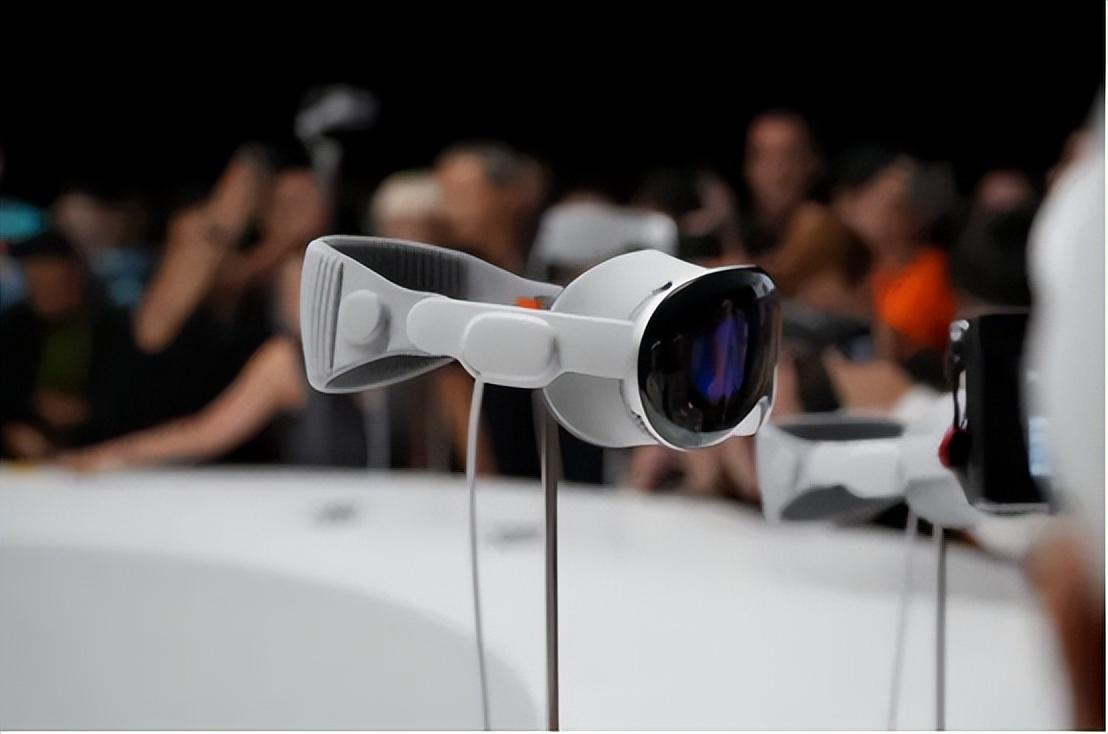What are the technologies for AR glasses AR/VR/MR/XR? What is the difference?
With the rise of the metaverse and the continuous development of various virtual technologies, concepts such as “AR, VR, MR, XR” have frequently come into view. What exactly do these “Rs” mean? How to distinguish it?
VR: Can completely immerse people in virtual environments
AR: Can create a world overlaid with virtual content, but cannot interact with the real environment
MR: A hybrid of virtual and reality, capable of creating virtual objects that can interact with the real environment
XR: A term that includes three types of “reality” (AR/VR/MR)
1. Virtual Reality (VR)
Virtual Reality, also known as computer simulation reality. It refers to computer-generated 3D content that provides users with visual, auditory, and other senses to simulate reality, with a strong sense of “presence” and “immersion”. We can use virtual reality devices such as headphones and controllers to interact in the environment. Virtual reality technology includes computer, electronic information, and simulation technology, and its basic implementation method is to simulate virtual environments by computers to give people a sense of environmental immersion.
In other words, VR is a completely virtual and interactive digital world. By wearing relevant VR devices, we can achieve a powerful visual experience without being limited by physical environmental conditions. Including recently popular VR games, VR painting, etc.

2. Augmented Reality (AR)
Augmented Reality is a real-time, direct or indirect observation of the physical environment in the real world. AR is a new technology that cleverly integrates virtual information with the real world, utilizing various technologies such as multimedia, 3D modeling, and real-time tracking to seamlessly integrate real world information with virtual world information.
The AR system utilizes computer and other scientific technologies to achieve a sensory experience where virtual information transcends reality, overlaying the real environment and virtual objects on the same screen. AR overlays digital information onto the real world, such as AR glasses, which can overlay virtual objects onto the real environment, bringing a different experience.
However, compared to VR, AR has relatively limited ability to provide immersive experiences. Using AR technology, we can project information, but we cannot directly interact with it.

3. Mixed Reality (MR)
Mixed Reality (MR) is a further development of virtual reality technology, which integrates the real world and virtual world, creating new visual environments and “real-time” reality.
This means that if a new image is placed in real space, it will to some extent interact with real objects in our real environment.
MR presents virtual scene information in real scenes, establishing an interactive feedback information loop between the real world, virtual world, and users, enhancing the realism of user experience. Mixed reality (MR) is not only a new technology, but also a new way of existence, like a mature computer seamlessly integrated into our experience.

The main feature of MR is the real-time interaction between synthesized content and real content, while providing real-time digital information.
Therefore, MR is completely different from VR and AR. It combines various technologies into a device, continuously scans and collects our surrounding environment, and finally interacts the collected information with our digital information.
Compared to VR, MR will not allow us to enter a completely virtual world. On the contrary, it brings the digital world into our real world, and with the help of MR devices, we can see the combination of real and virtual images and engage in interactive touch control.
4. Extended Reality (XR)
Extended Reality is a new term in technical vocabulary. Currently, only a few people know about XR technology. It refers to the combination of computer technology and wearable devices to create all real and virtual environments, as well as human-computer interaction. XR enhances our senses through digitization to integrate the world. In addition, it also provides a large number of different levels of virtual sensor input levels for immersive virtual experiences.
XR is a general term that includes any technology that can help us integrate the physical and digital worlds. Simply put, XR is a collective term for various technologies such as AR, VR, XR, etc. By integrating the visual interaction technology of the three, it brings the experience a seamless immersion between the virtual world and the real world.
